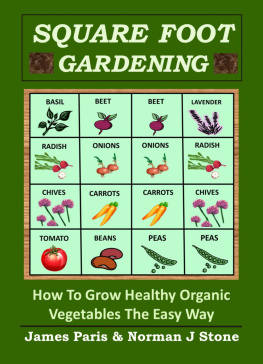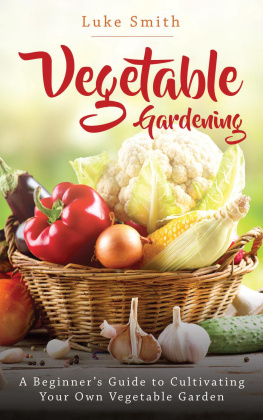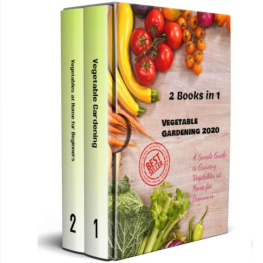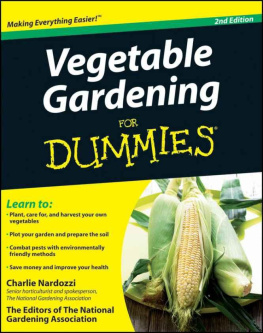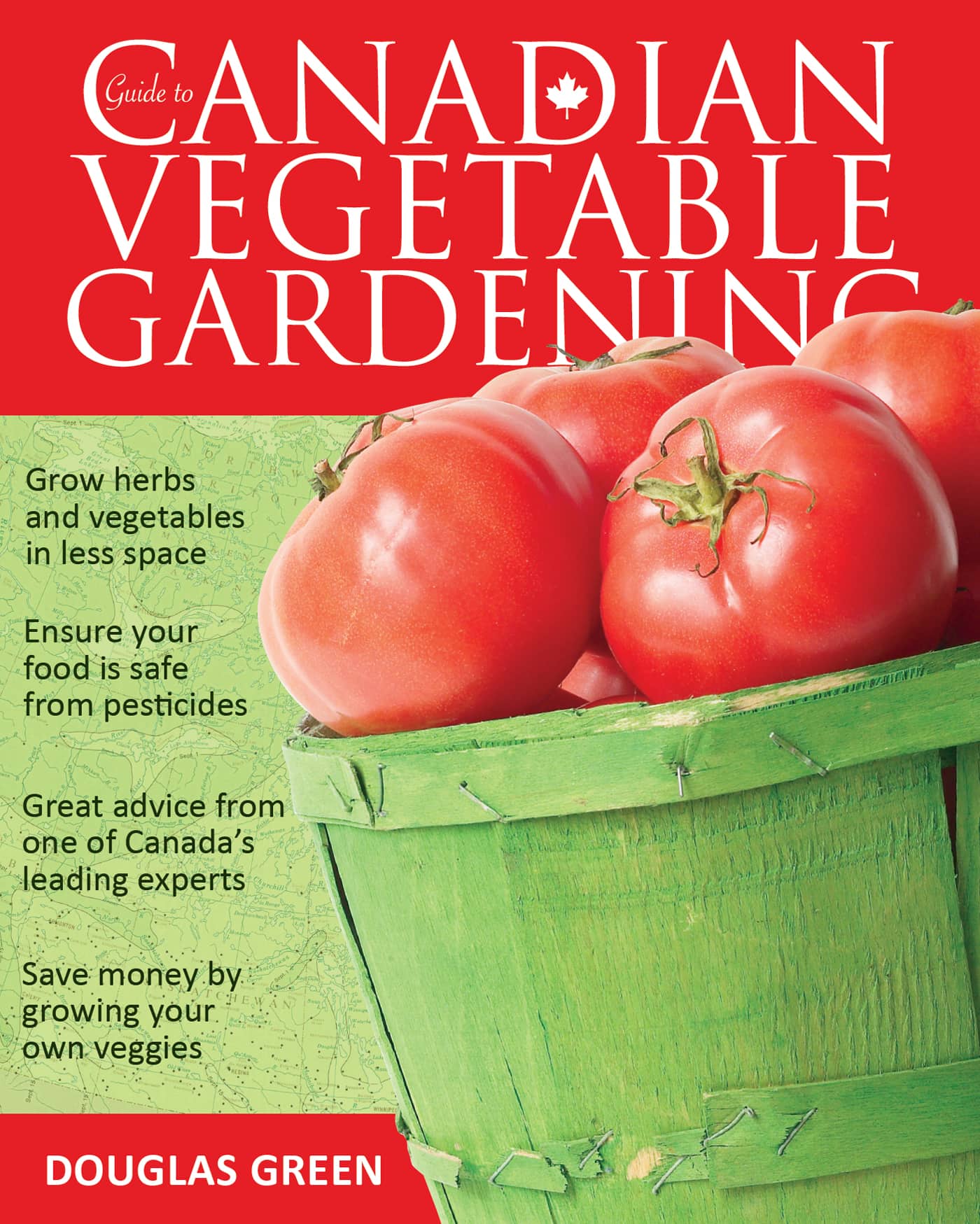Douglas Green - Guide to Canadian Vegetable Gardening
Here you can read online Douglas Green - Guide to Canadian Vegetable Gardening full text of the book (entire story) in english for free. Download pdf and epub, get meaning, cover and reviews about this ebook. year: 2022, publisher: Cool Springs Press, genre: Children. Description of the work, (preface) as well as reviews are available. Best literature library LitArk.com created for fans of good reading and offers a wide selection of genres:
Romance novel
Science fiction
Adventure
Detective
Science
History
Home and family
Prose
Art
Politics
Computer
Non-fiction
Religion
Business
Children
Humor
Choose a favorite category and find really read worthwhile books. Enjoy immersion in the world of imagination, feel the emotions of the characters or learn something new for yourself, make an fascinating discovery.

- Book:Guide to Canadian Vegetable Gardening
- Author:
- Publisher:Cool Springs Press
- Genre:
- Year:2022
- Rating:5 / 5
- Favourites:Add to favourites
- Your mark:
Guide to Canadian Vegetable Gardening: summary, description and annotation
We offer to read an annotation, description, summary or preface (depends on what the author of the book "Guide to Canadian Vegetable Gardening" wrote himself). If you haven't found the necessary information about the book — write in the comments, we will try to find it.
Vegetable gardening in Canada is made easier with gardening expert Douglas Greens simple, commonsense approach.
With his sense of humor and encouraging voice, Doug shows you all the insider how-to and when-to information; helpful planting, harvesting, and organic problem-solving tips; and advice on growing vegetables in limited space.
Dougs personal recommendations of more than 50 proven vegetables and herbs make this the must-have resource for anyone interested in growing vegetables in Canada. Youll learn to grow healthy, abundant asparagus, broccoli, cucumber, kale, lettuce, pepper, summer squash, tomato, watermelon, winter squash, arugula, chives, oregano, rosemary, thyme, and much more. Find within:
With the Guide to Canadian Vegetable Gardening, you will be on your way to eating healthier, saving money, and having fun doing it!
Douglas Green: author's other books
Who wrote Guide to Canadian Vegetable Gardening? Find out the surname, the name of the author of the book and a list of all author's works by series.


